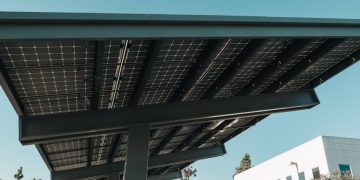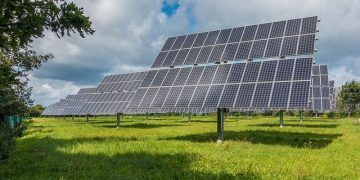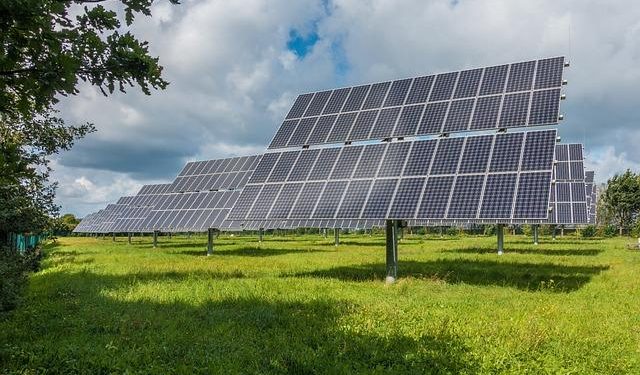In the wake of natural disasters, when chaos and uncertainty cloud the horizon, a beacon of hope emerges from an unlikely source—the sun. As communities grapple with the aftermath of hurricanes, earthquakes, and other catastrophic events, solar energy is stepping into the spotlight as a vital ally in disaster relief efforts. With its ability to provide clean, renewable power in even the most challenging conditions, solar energy is revolutionizing how aid is delivered to those in need. This article delves into the innovative ways solar technology is being harnessed to illuminate the path to recovery, showcasing its potential to transform not only the landscapes it touches but the very essence of humanitarian assistance.
Harnessing the Sun: Innovative Solar Solutions in Crisis Zones
In the aftermath of natural disasters, where conventional power infrastructures are often severely damaged or completely destroyed, solar energy emerges as a beacon of hope. Portable solar panels and solar-powered generators are rapidly deployed to provide immediate electricity, enabling critical communication and supporting medical facilities. This technology empowers relief teams to set up field hospitals, power communication devices, and even illuminate shelter camps, ensuring that the essential services remain operational around the clock.
Solar solutions offer several unique advantages in crisis zones, including:
- Scalability: From small-scale personal chargers to large solar farms, the adaptability of solar solutions ensures that energy needs can be met regardless of the situation’s scope.
- Resilience: Unlike traditional power sources, solar systems can withstand harsh conditions, reducing the risk of service interruption.
- Eco-friendly: By utilizing renewable energy, solar solutions minimize the carbon footprint of disaster relief efforts, promoting sustainability even in times of crisis.

Empowering Communities: Solar-Powered Resilience in Disaster Recovery
In the wake of natural disasters, communities often face the dual challenge of restoring infrastructure and ensuring a reliable power supply. Solar energy emerges as a beacon of hope, offering a sustainable solution to these pressing issues. Unlike traditional power sources, solar systems can be rapidly deployed and scaled to meet immediate needs, providing critical energy for shelters, medical facilities, and communication centers. Their resilience against grid failures means that solar-powered systems can continue to function even when conventional power lines are down.
Beyond immediate relief, solar energy fosters long-term community empowerment. By investing in solar infrastructure, communities not only prepare for future disasters but also reduce their dependence on fossil fuels. This transition not only supports environmental sustainability but also provides economic benefits by lowering energy costs. Consider the following advantages:
- Quick Deployment: Solar panels and portable solar generators can be installed swiftly in disaster zones.
- Energy Independence: Reduces reliance on fuel supplies that may be disrupted during disasters.
- Cost-Effective: Over time, solar energy can reduce electricity expenses for recovery operations.
- Environmental Impact: Promotes cleaner air and reduces carbon footprint in recovery efforts.
Solar energy is not just a temporary fix but a transformative tool for building resilient, self-sustaining communities.
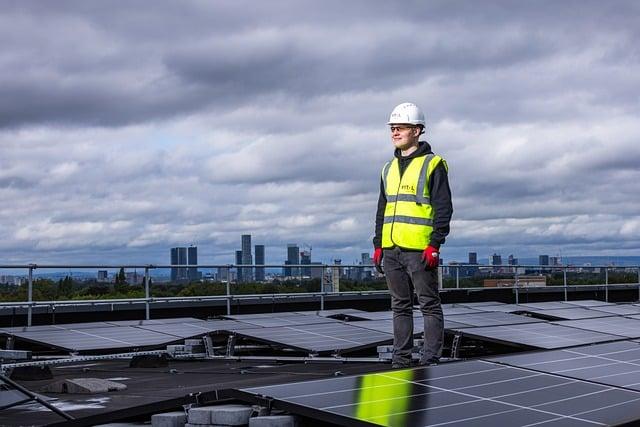
From Shadows to Light: Case Studies of Solar Energy in Emergency Response
In the wake of natural disasters, when traditional power sources often fail, solar energy emerges as a beacon of hope. Recent case studies highlight its transformative role in emergency response. Solar panels, unlike their fossil-fueled counterparts, can be swiftly deployed and provide a reliable energy source. This capability ensures that critical operations, from powering medical equipment to maintaining communication lines, remain uninterrupted.
Emergency responders have witnessed remarkable benefits, including:
- Rapid Deployment: Solar solutions can be set up quickly, providing immediate power where it’s needed most.
- Sustainability: They offer a clean energy source that reduces the carbon footprint during relief operations.
- Resilience: Solar systems can operate independently from the grid, which is crucial when infrastructure is damaged.
These advantages underscore the growing importance of integrating solar technology into disaster preparedness strategies, paving the way for more resilient and sustainable emergency response frameworks.
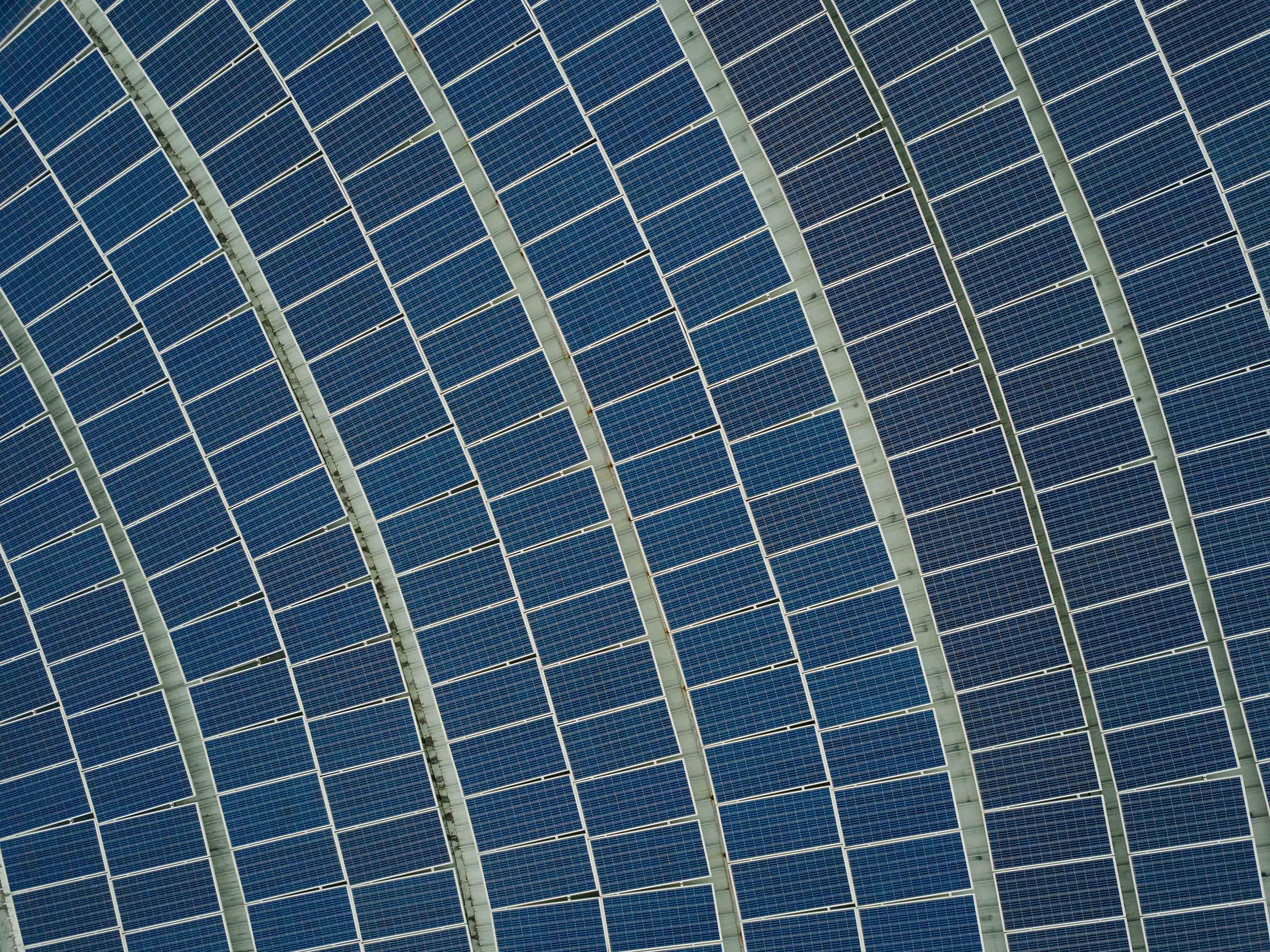
Building a Brighter Future: Strategic Recommendations for Solar Integration in Relief Efforts
The integration of solar energy into disaster relief efforts is not just a technological advancement; it’s a strategic necessity. To maximize the impact of solar solutions in these critical situations, it’s essential to adopt a multi-faceted approach. Strategic planning should involve identifying key areas where solar energy can provide immediate benefits, such as powering medical facilities, communication centers, and temporary shelters. By doing so, relief organizations can ensure that essential services remain operational, even in the most challenging conditions.
A robust implementation strategy involves collaborative efforts between governments, NGOs, and private sector partners. This collaboration can lead to the establishment of solar microgrids and portable solar units that can be deployed rapidly. Training and education for local communities on the use of solar technologies can also play a crucial role in long-term sustainability. This not only empowers affected populations but also ensures that solar systems are maintained and utilized effectively. Through these strategic recommendations, solar energy can become a cornerstone of resilient and effective disaster relief operations.
Insights and Conclusions
As we stand on the brink of a new era in disaster relief, the role of solar energy emerges as a beacon of hope and resilience. With each ray harnessed and each panel installed, communities are better equipped to withstand the unpredictability of nature’s fury. Solar energy not only powers the lights in times of darkness but also ignites a spirit of innovation and collaboration, ensuring that help reaches those who need it most, swiftly and sustainably. As we continue to explore and expand the capabilities of solar technology, its promise shines brighter, illuminating a path towards a future where disaster relief is not just reactive but proactive, empowering, and enduring. In the synergy between solar power and humanitarian aid, we find not just a solution, but a testament to human ingenuity and compassion, ready to face whatever challenges lie ahead.







